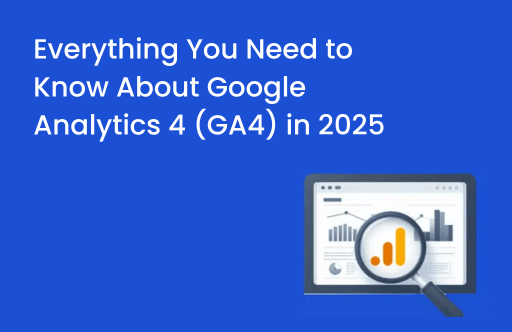Marketing metrics and analytics insights are quantifiable ways to track performance. They are vital marketing measurement tools to ensure how well campaigns are Progressing toward Key Performance Indicators (KPIs) and give a clear picture of whether a campaign’s marketing strategy is a success or not.
Selection of suitable metrics may vary from one campaign to another but to effectively measure the success of programmatic advertising, it is crucial to understand the right metrics and leverage analytics to gain valuable insights.
These metrics vary based on the Funnel that your Campaigns are trying to activate.
Key Programmatic Advertising Metrics:
1. Impressions, Reach, and Frequency
To directly measure the effectiveness of the campaigns, Programmatic Managers refer to metrics known as impressions, Reach, and Frequency which are fundamental to digital Marketing. They indicate how often an ad is displayed on the web page with the total number of unique people who see your ad and no. of times those unique people see your ad respectively. If your goal is to create Brand awareness, these are the metrics you should measure.
2. Click Through Rate(CTR) And View Through Rate(VTR)
CTR is the percentage of people who click on your ad out of everyone who is exposed to it whereas VTR is the percentage of people exposed to your ad who watched the complete video out of the total people exposed to it. A high CTR or VTR suggests that your ad resonates with the audience and drives them to take action. These are vital to determine the effectiveness of the creative and messaging of your ad. Needless to say, if driving engagement or product consideration is your goal it is imperative to
3. Conversion Rate
Conversion Rate is the percentage of users who complete desired action after clicking on the ad i.e. – Purchasing from the website, filling out the form, or signing up for the newsletter. Any Action can be defined as a conversion event while setting up the campaign. If growing the bottom of your funnel is the goal, Conversion Rate is the metric that should be looked out for
4. Cost per Mile(CPM) And Cost per Click(CPC)
CPM is the cost an advertiser has to pay to the publisher for every thousand impressions served for their ads. while CPC is the cost that an advertiser pays to the publisher every time a user clicks on the ads These two metrics are optimal for measuring cost-effective outcomes and smart budget allocation of the campaign.
5. Cost per Action or Cost per Acquisition(CPA)
CPA is the cost incurred by an advertiser to get the user to perform a determined action or complete a conversion [i.e. Purchase an Item or Sign up for a newsletter]. It is one of the most important metrics that measures the cost-effectiveness of the advertisement campaign
6. Return on Investment and Return on Ad spends (ROI and ROAS)
ROI and ROAS are the ultimate measure of success in programmatic advertising. ROI measures the total return from overall investment while ROAS measures the revenue generated from specific ad campaigns. ROAS considers revenue while ROI considers net profit.
Analytics Insights:
1. Audience Segmentation
Audience segmentation analysis is one of the most crucial factors in analyzing and optimizing the campaign toward the goal. Advertiser can optimize audience segments based on their demographics, interest, geographics, and behavior that can resonate the best with the products and services that drive results.
An advertiser can analyze audience profiles and geographic distribution to discover new audiences that have similar characteristics to existing audiences with lower overlap and target ideal geographic locations for the audience selected to drive better results in programmatic advertising
2. Time and day and Technology analysis
Time and day analysis can be done to avoid wasteful spending. An advertiser can define day and time segments according to local or advertiser time zones and apply them to the campaign for the ad to serve when chances of achieving the campaign objective are high. Also, technology analysis can be done based on device, browser, carrier&ISP, and connection speed. These two insights are very important for avoiding wasteful spending and achieving cost-effective output in programmatic advertising
3. Experiment and A/B Testing
Experimentation and A/B testing are key to optimizing the programmatic campaigns. We can take one or more variables and test which variable performs better for our goal. A variable can be anything like an audience, creatives, web page, etc. By doing this, we have the best variable combination that ultimately drives the success of programmatic advertising
Conclusion:
In programmatic advertising, success is measured through a combination of different metrics and analytics insights. By continuously analyzing these Key Primary Metrics and Analytics Insights, the Advertiser can make data-driven decisions and optimize the campaign that drive better results that lead to the ultimate success of programmatic advertising






